Elevated Flower Beds: The Easy Way To Grow Beautiful Flowers
Introduction
Do you love flowers but don't have a lot of space? Or maybe you have a hard time bending down to garden. If so, an elevated flower bed might be the perfect solution for you.
Elevated flower beds are raised above ground level, making them easier to access and maintain. They also provide better drainage, which is important for many types of flowers.
In this blog post, we will discuss the benefits of elevated flower beds, how to build one, and what flowers to plant in it.
Benefits of Elevated Flower Beds
There are many benefits to using elevated flower beds. Here are a few of the most important ones:
- Easy access: Elevated flower beds are raised above ground level, making them easier to access for people of all ages and abilities. This is especially important for people with mobility issues.
- Better drainage: Raised beds drain more efficiently than in-ground beds, which is important for many types of flowers. This is because the soil in raised beds is more exposed to air and sunlight, which helps to dry it out.
- Less weeding: Weeds have a harder time growing in raised beds than in-ground beds. This is because the soil in raised beds is less compacted, which makes it harder for weeds to get a foothold.
- More visibility: Elevated flower beds are more visible than in-ground beds, which means you can enjoy your flowers from a wider range of vantage points.
How to Build an Elevated Flower Bed
Building an elevated flower bed is a relatively simple project that can be completed in a weekend. Here are the basic steps involved:
- Choose a location for your flower bed. The location should be sunny and have good drainage.
- Measure the area where you want to build your flower bed.
- Purchase the materials you will need. You will need lumber, screws, and a level.
- Build the frame for your flower bed. The frame should be the same size as the area you measured in step 2.
- Fill the flower bed with soil. Use a soil that is specifically designed for raised beds.
- Plant your flowers. Choose flowers that will thrive in the conditions in your area.
What Flowers to Plant in an Elevated Flower Bed
There are many different types of flowers that can be planted in an elevated flower bed. Here are a few of the most popular choices:
- Annuals: Annuals are flowers that bloom for one season and then die. They are a great choice for elevated flower beds because they are easy to care for and come in a wide variety of colors and shapes. Some popular annuals for raised beds include marigolds, petunias, zinnias, and sunflowers.
- Perennials: Perennials are flowers that live for multiple seasons. They are a great choice for elevated flower beds because they require less maintenance than annuals. Some popular perennials for raised beds include lavender, roses, and daylilies.
- Herbs: Herbs are a great way to add both beauty and flavor to your garden. They are also easy to care for and can be used in cooking. Some popular herbs for raised beds include basil, oregano, and thyme.
Conclusion
Elevated flower beds are a great way to add beauty and color to your garden. They are also easy to care for and can be enjoyed by people of all ages and abilities. If you are looking for a way to add some life to your outdoor space, an elevated flower bed is a great option.
To learn more about elevated flower beds, visit Garden Wiki.
FAQ of elevated flower beds
What are the benefits of elevated flower beds?
Elevated flower beds offer a number of benefits, including:
- They can help to improve drainage, which is important for plants that are sensitive to wet soil.
- They can make it easier to reach and maintain your plants, especially if you have limited mobility.
- They can add a touch of elegance and sophistication to your garden.
- They can help to define different areas of your garden, such as a seating area or a walkway.
What are the different types of elevated flower beds?
There are a variety of different types of elevated flower beds, including:
- Raised beds: These are the most common type of elevated flower bed. They are typically made of wood, concrete, or stone, and they are raised a few inches or feet off the ground.
- Window boxes: These are narrow, vertical beds that are typically attached to the outside of a window. They are a great way to add color and interest to your home's exterior.
- Pots and planters: These are another popular option for elevated flower beds. They come in a variety of sizes and materials, and they can be placed anywhere in your garden.
How do I choose the right type of elevated flower bed for my needs?
When choosing the right type of elevated flower bed for your needs, you will need to consider the following factors:
- The size of your garden
- The type of plants you want to grow
- Your budget
- Your personal style
How do I build an elevated flower bed?
If you are handy, you can build your own elevated flower bed. There are many different tutorials available online that can show you how to do it. However, if you do not have the time or skills to build your own, you can purchase pre-made elevated flower beds from a variety of retailers.
How do I care for an elevated flower bed?
The care of an elevated flower bed is similar to the care of any other type of garden bed. You will need to water your plants regularly, fertilize them as needed, and remove weeds. You may also need to protect your plants from pests and diseases.
Image of elevated flower beds
These are a great option if you're on a budget. You can find pallets for free or for very little money, and they're easy to assemble.
Another budget-friendly option, cinder block raised beds are also very sturdy and long-lasting.
Stone raised beds are a bit more expensive than wooden or cinder block beds, but they're also very durable and can last for many years.
Metal raised beds are a good option if you're looking for something that's easy to maintain. They're also resistant to pests and diseases.
Plastic raised beds are another easy-to-maintain option. They're also lightweight and portable, so you can move them around as needed.
Rubber raised beds are a good option if you're looking for something that's durable and resistant to pests and diseases.
If you're looking for a unique and creative option, you could upcycle old materials to create a raised bed. For example, you could use old tires, barrels, or even shipping containers.
Vertical raised beds are a great option if you have limited space. They're also a good way to grow plants that require a lot of sun, such as tomatoes and peppers.
Inground raised beds are a good option if you want a more permanent solution. They're also a good way to improve the drainage in your garden.
Combination raised beds are a good option if you want to grow a variety of plants in your garden. They typically have a combination of different materials, such as wood, stone, and metal.
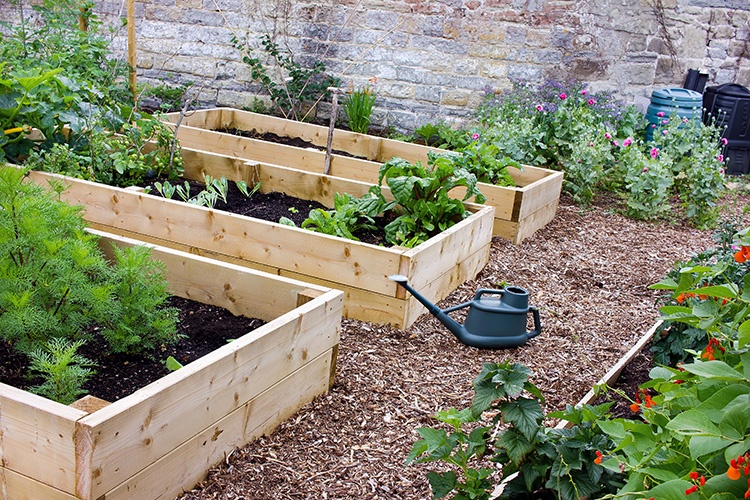




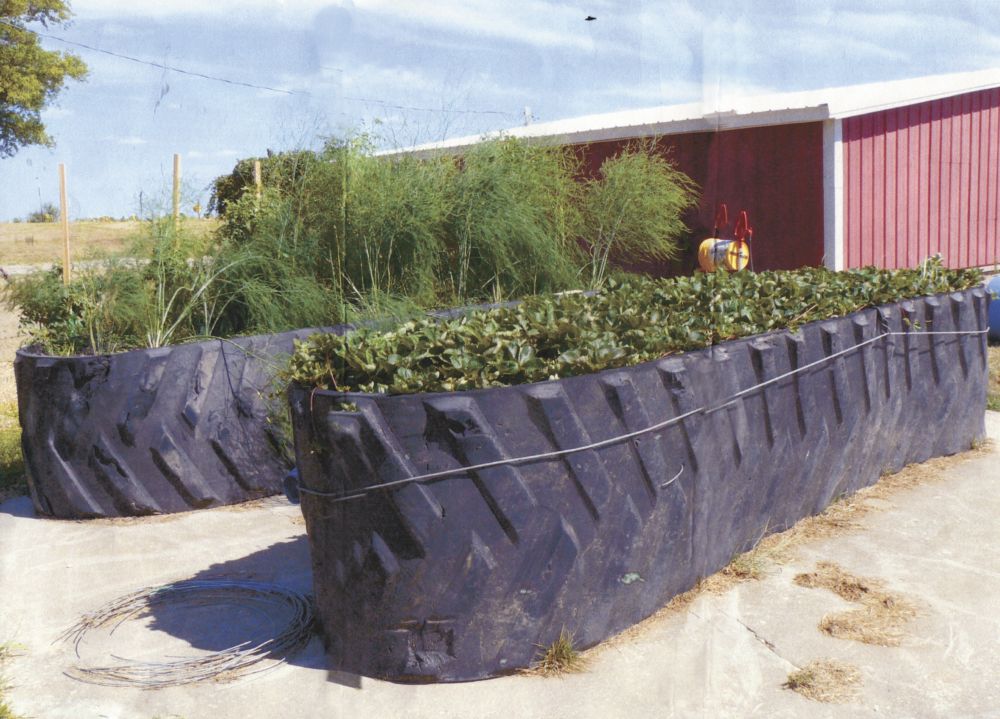
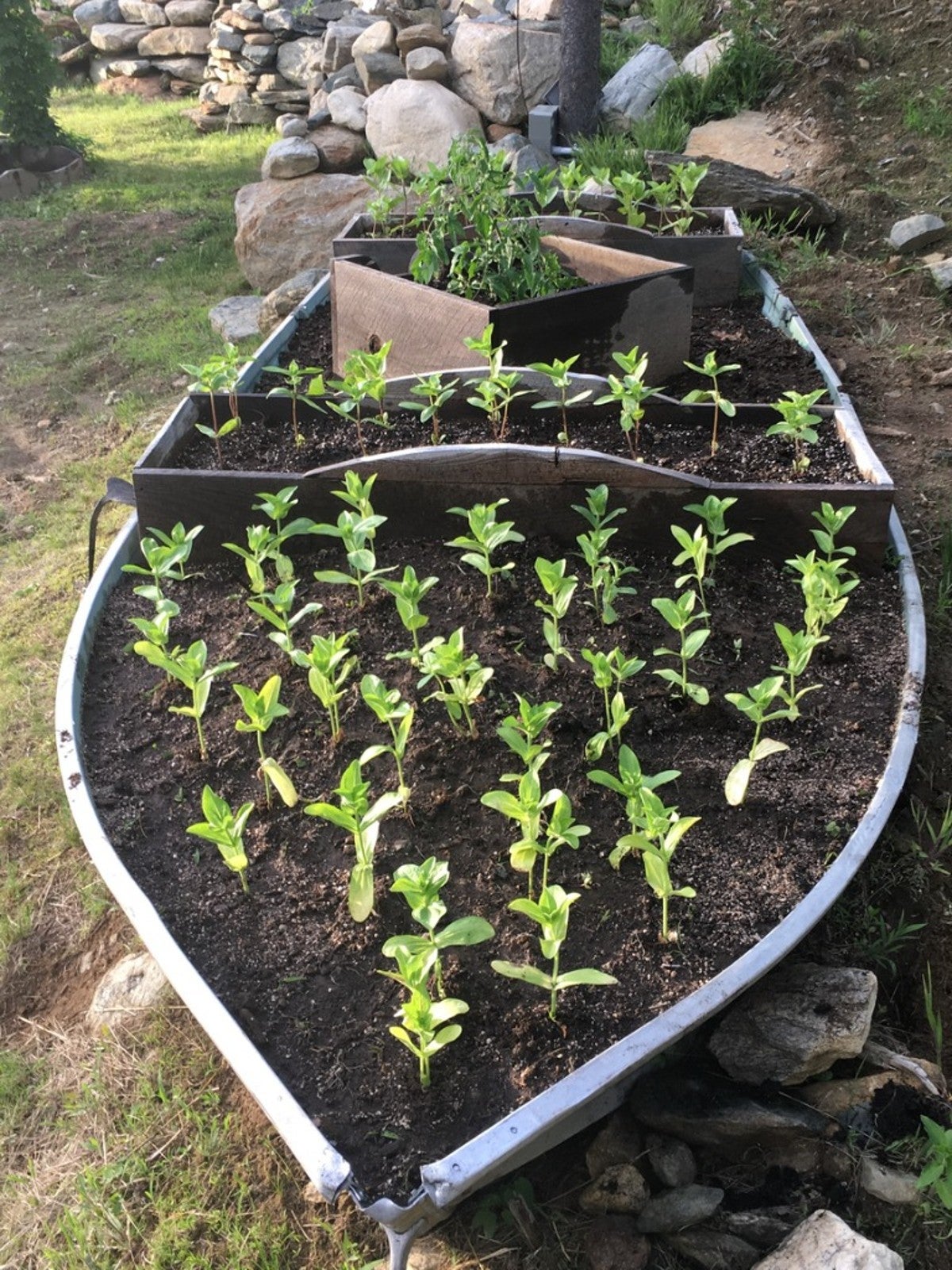
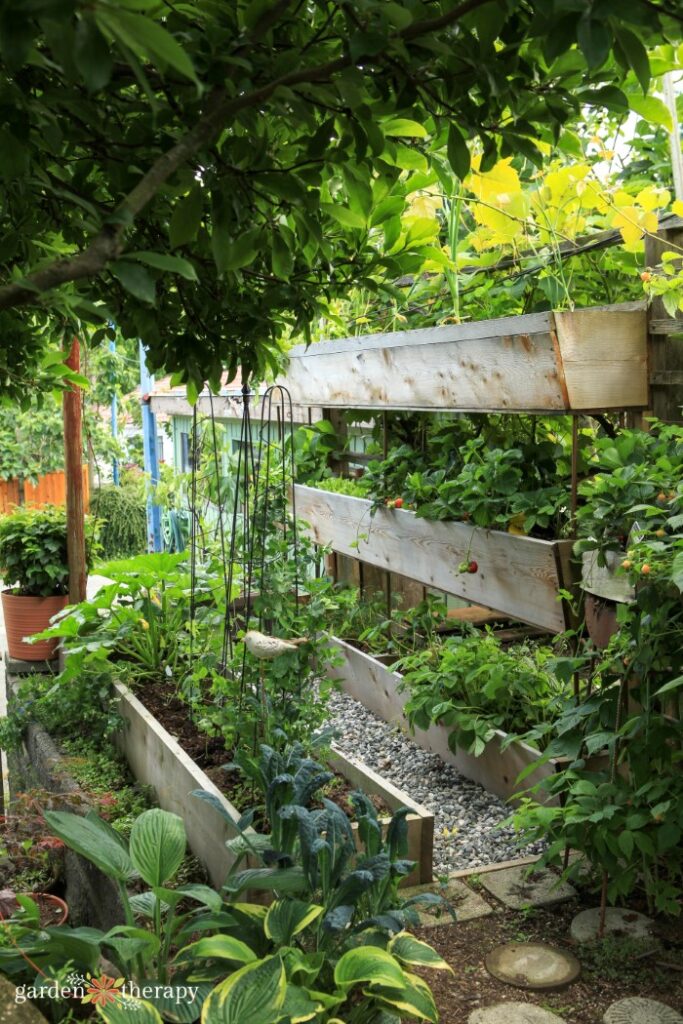
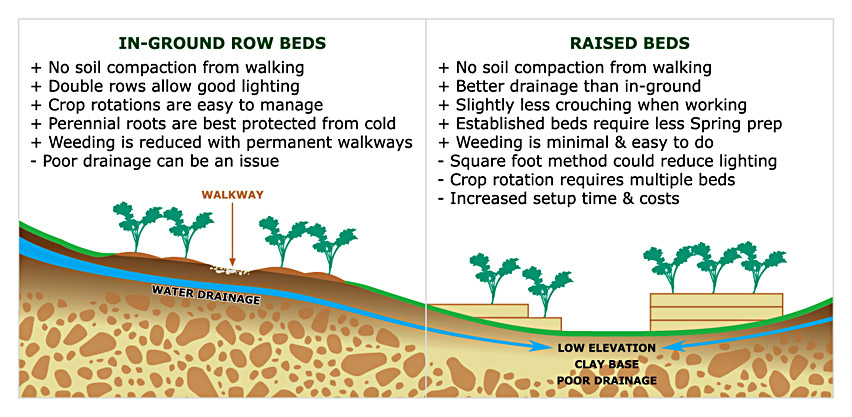
Post a Comment for "Elevated Flower Beds: The Easy Way To Grow Beautiful Flowers"